Your cart is currently empty!
INTERVIEW | Tianming Zhou
Tianming Zhou (Alaric) is a Chinese filmmaker and photographer based in the USA. He completed his undergraduate studies at The University of Hong Kong and earned an MFA from Duke University. His work blends documentary practice with experimental storytelling, often exploring themes of mental health, urban development, language, destruction, and memory. His films have been showcased at international film festivals, winning Best Documentary at the West Virginia Mountaineer Short Film Festival and Best Experimental Film at the Brussels Capital Film Festival. His video art and installations have been exhibited in galleries in Asia and North America, and his photography has been featured in publications such as DOCU Magazine, Humana Obscura, and Carolina Muse Literary & Arts Magazine. In addition to his artistic practice, he works as an independent editor for narrative films and commercials, with clients including China Daily, The Paper, CGTN, Timeisland, and Duke Arts. He is also a recipient of North Carolina Arts Council Artist Support Grant 2024.
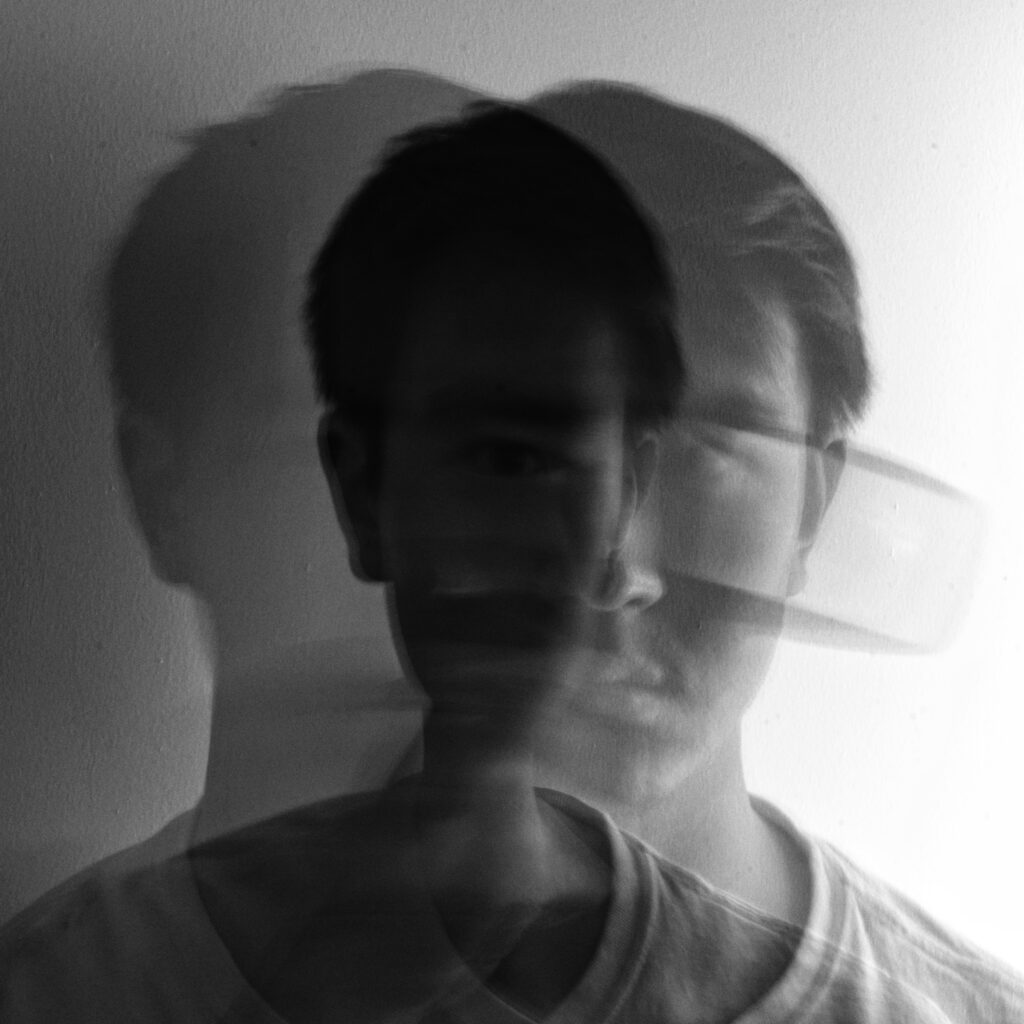
Personal Website: alariczhou.com
____________________________________________________________________________________________________________
I believe in the impossibility of objectivity in documentary work. My artistic practice, therefore, explores the fluid boundaries between fiction and non-fiction, using moving images and still photography to capture the nuances of memory and the fleeting nature of human perception. I deconstruct and construct personal narratives through an interplay of languages and diverse media, where words and visuals, sound and image, come together to form a simulated first-person experience. My work is raw and analog in aesthetics, avoiding over-polished refinement and commercialization in favor of the truth in storytelling. By preserving the unvarnished texture of human emotion and language expression, I see my work as a liminal space connecting viewers to an impossible authenticity.
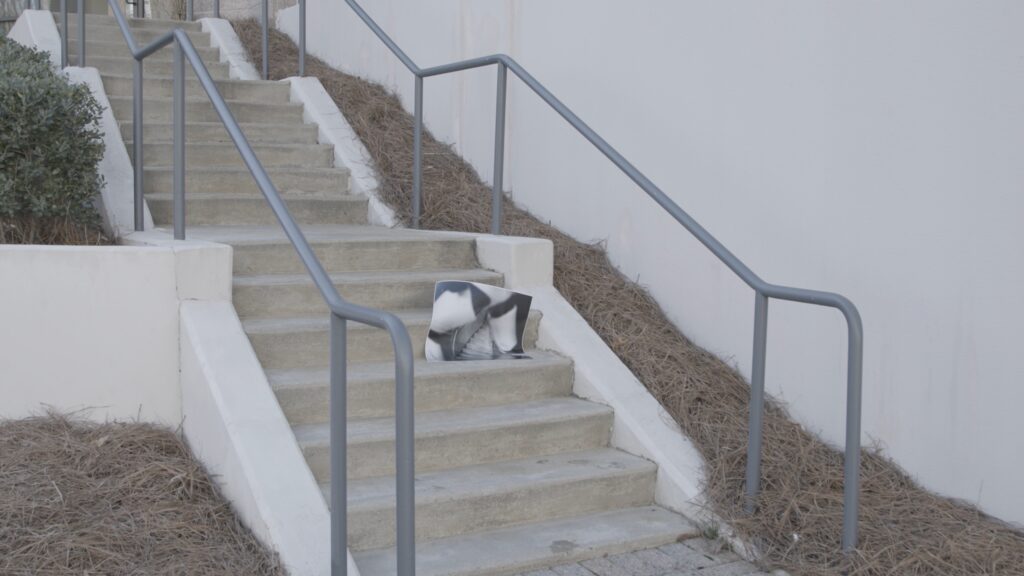
1.How did your experiences studying in both Hong Kong and the USA shape your approach to filmmaking and photography?
Years of living in foreign lands pushed me to explore how individuals’ consciousness and identity react to and dissolve into their landscapes. My time in Hong Kong gave me a foundation in street photography and a sensitivity to how people interact with urban spaces. The city’s mix of colonial history, cultural identity, and modern density made me think about contrasts and layers in individual representation. Moving to the U.S. for my MFA opened up a different perspective. Living in North Carolina for two years was when I began to explore the boundary between natural and urban landscapes, living and non-living objects. These experiences have made me believe that if you dig into any person, you will see landscapes—landscapes tied to their cultural history, personal experience, and mindscape.
2.What inspired you to blend documentary with experimental storytelling, and how do you navigate the line between fiction and non-fiction in your work?
Truth, or cinematic truth, is subjective. It serves an ultimate goal that the filmmaker wants to achieve. This “control” is a privilege of the filmmaker. For me, documentary practice makes production more flexible and spontaneous than fictional filmmaking, which is essential at this stage of my career for approaching “truth” in my films. I need something to exist first for me to find passion. However, I often feel documentary-based facts alone don’t capture full emotional truth. As a filmmaker whose work emphasizes post-production, I believe there is always fiction in non-fiction. They are not opposites, not black and white, so there is no “line.” Instead, I use elements of both to build layers of meaning, further blurring the boundary between them.
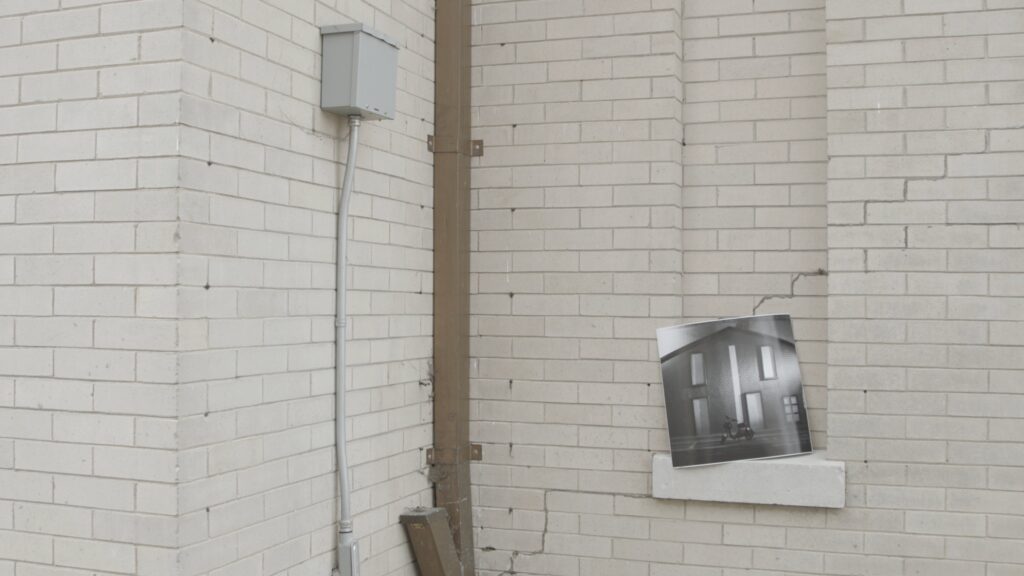
3.Mental health, urban development, and memory are recurring themes in your films. What draws you to these subjects, and how do you explore them visually?
These themes are personal to me. They are directly related to my environment growing up and my mental health issues. Urban spaces often feel like mirrors for mental states—chaotic, overwhelming, or strangely empty. Memory, on the other hand, fascinates me because of how unreliable and fragmented it can be. Cinema is one of the best carriers for memory, as it is directly tied to the “time” of the past. What we can see is already gone. Visually, I try to reflect that fragmentation. I use analog textures, disjointed editing, and shifts between still and moving images to create a sense of disconnection or nostalgia. Landscapes often serve as metaphors or symbols for internal struggles, like isolation or longing.
4.Your artist statement mentions the “impossibility of objectivity.” How does this perspective influence the stories you choose to tell?
The idea that objectivity is impossible means I embrace subjectivity as a strength. It’s freeing to admit that every work I create will come from my perspective or be shaped by someone else’s. I’m more interested in personal perspectives and emotional truths than trying to present something as absolute. I might include conflicting voices or use visuals that don’t directly explain but evoke a feeling. It’s less about giving answers and more about inviting questions.
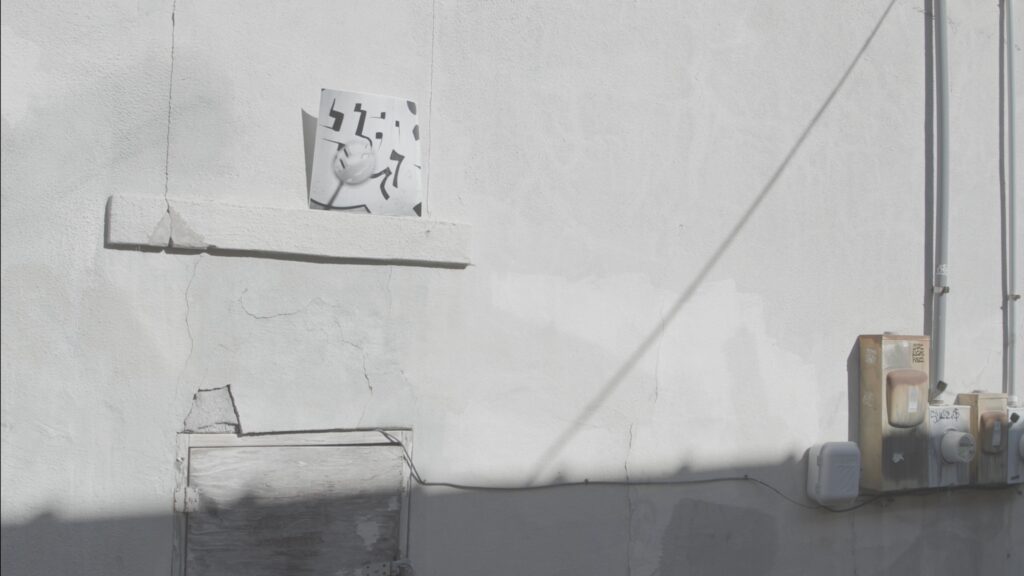
5.How do you select the specific media, whether it’s film, photography, or installation, to best convey the themes of each project?
Moving image is the primary medium I work with, and I often include still photography alongside it. The choice of medium is mostly determined by how I want the audience to perceive and interact with the work. Film, in my opinion, gives the creator the most control over the audience’s experience because it shares an exact period of time with them. How the audience sees and how long they see an object is entirely manipulated by the creator. Hence, if I have a clear vision of how I want others to understand my work and the topics I want to discuss, I choose film. In other cases, if the idea is better explored by the audience themselves in an exhibition, I choose photos or installations.
6.Could you share an example of how you deconstruct and reconstruct personal narratives in your work?
In See You (Somewhere), all the still photo prints were taken in Mainland China, mostly in my hometown. I took them out of their original context and relocated them into urban landscapes in the USA, using a different medium—film—to capture how they fail to fit in. This deconstruction of my personal narrative about urban landscape recollection was reconstructed with the unfamiliarity of a foreign land.
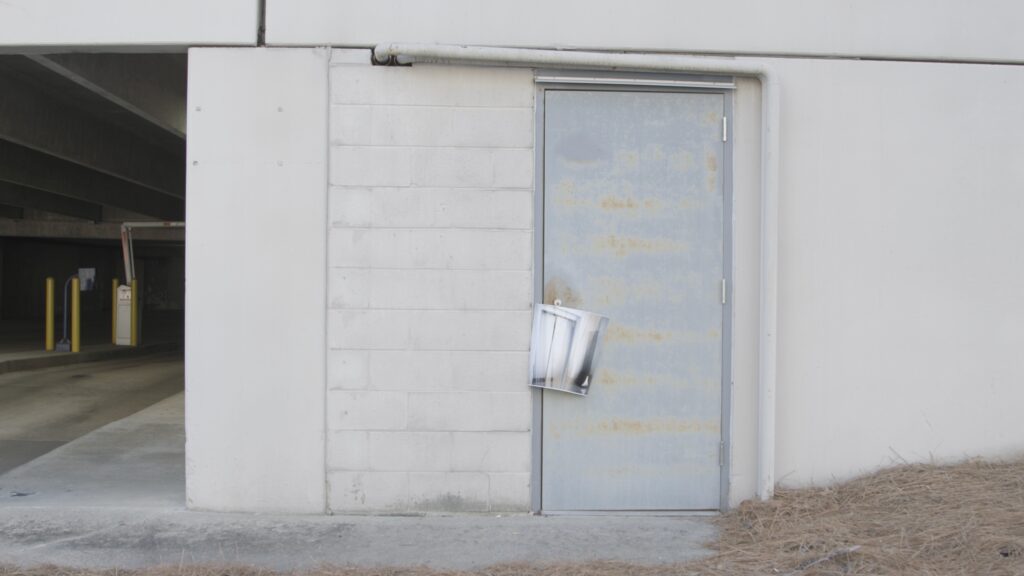
7.You mentioned an “analog aesthetic” in your artist statement. What are some techniques or styles you use to achieve this look, and why is it important to your storytelling?
I love working with analog film and VHS because their imperfections—grain, scratches, or distortion—add a human quality to the images. I also experiment with in-camera techniques like double exposures or light leaks. In general, I try to avoid over-polished visuals and audio to prevent the commercialization of my work and to keep it personal.
8.For you work “See You (Somewhere) “, could you describe the process of capturing these fragments? Were they spontaneous moments or meticulously planned shots?
It was a mix of both. I took all the photos in Mainland China in a documentary photography approach with nothing manipulated. The locations where the photo prints were relocated were also “found” and kept as they were. However, I intentionally placed certain photos in specific places based on visual similarities. I also had certain expectations of how the prints would react to the environment, such as falling because of the wind.
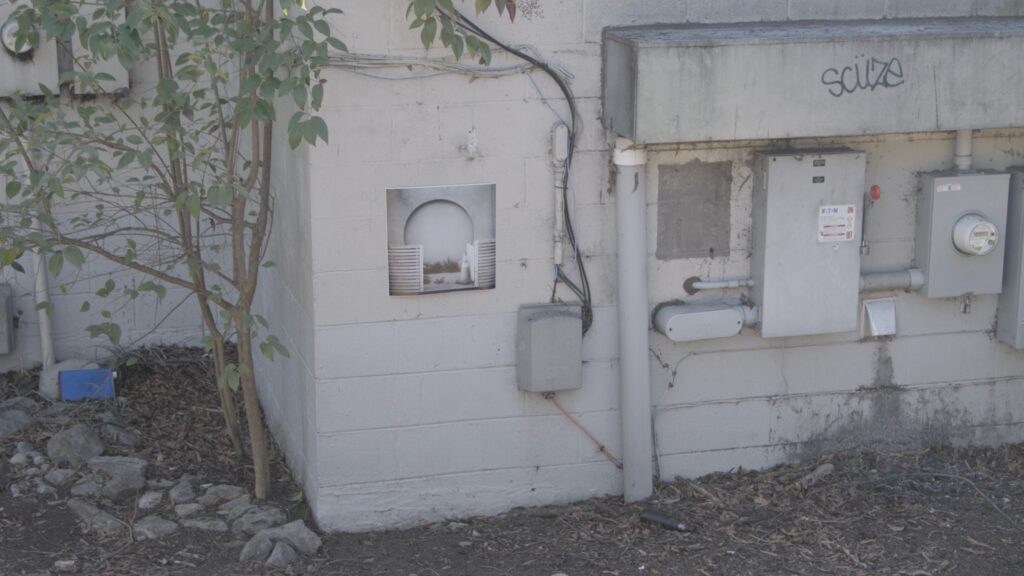
9.For your work “Mare Tranquillitatis Part 1 & 2”, how did you approach using two-dimensional montage to represent the complex experience of depression and its cyclical nature?
I used two-dimensional montage to layer contrasting visuals that capture the dual nature of depression. Static and moving images, along with shifts in light and shadow, create a rhythm that oscillates between hope and despair, normal and abnormal, intolerable sound and intolerable silence. The film sometimes flows smoothly but other times seems to struggle. This technique mirrors the internal loop of depression, where disconnected elements add to one another and form part of a relentless cycle. The approach allowed me to visually express the emotional texture of depression in a way that feels immersive.
